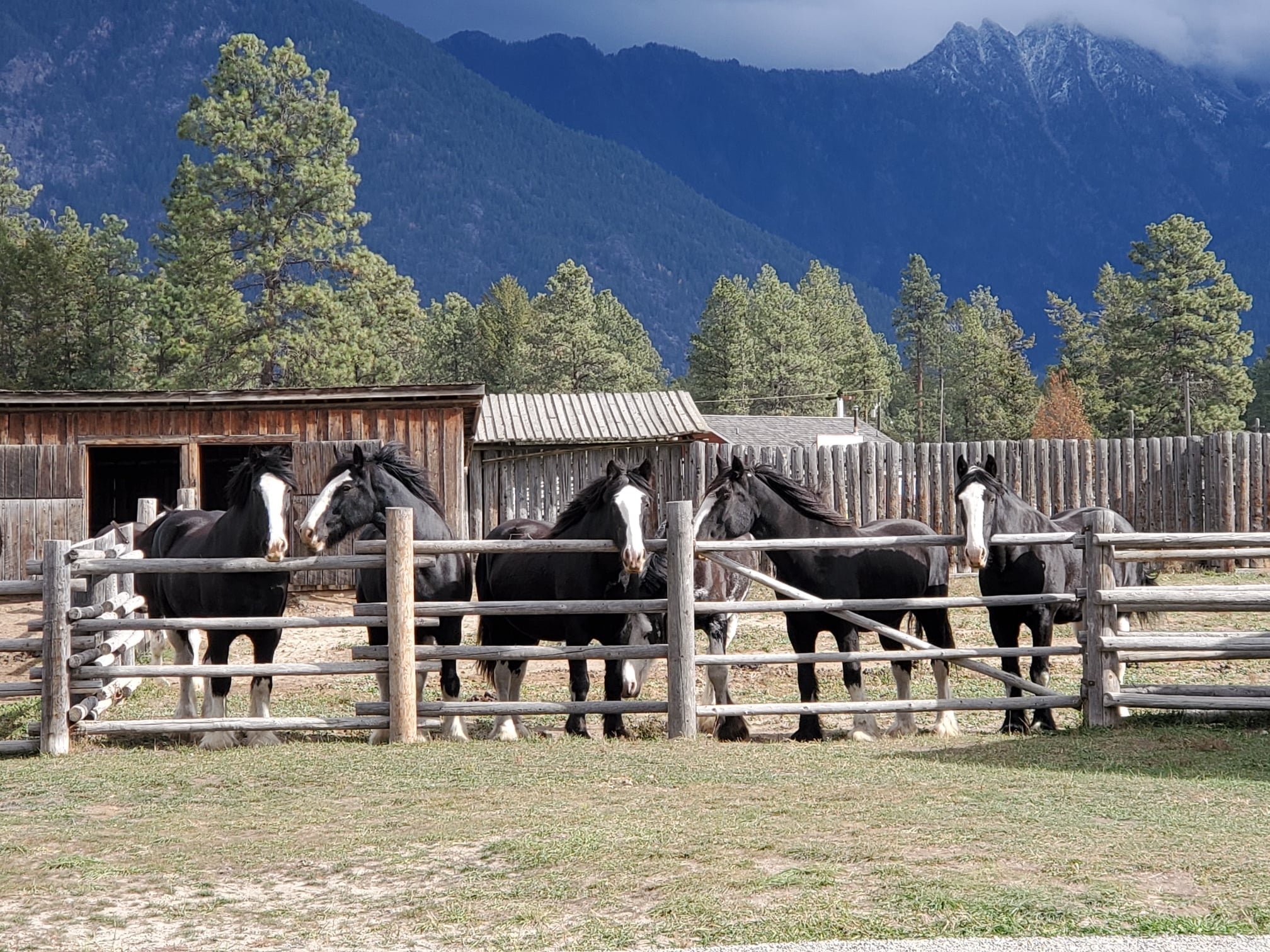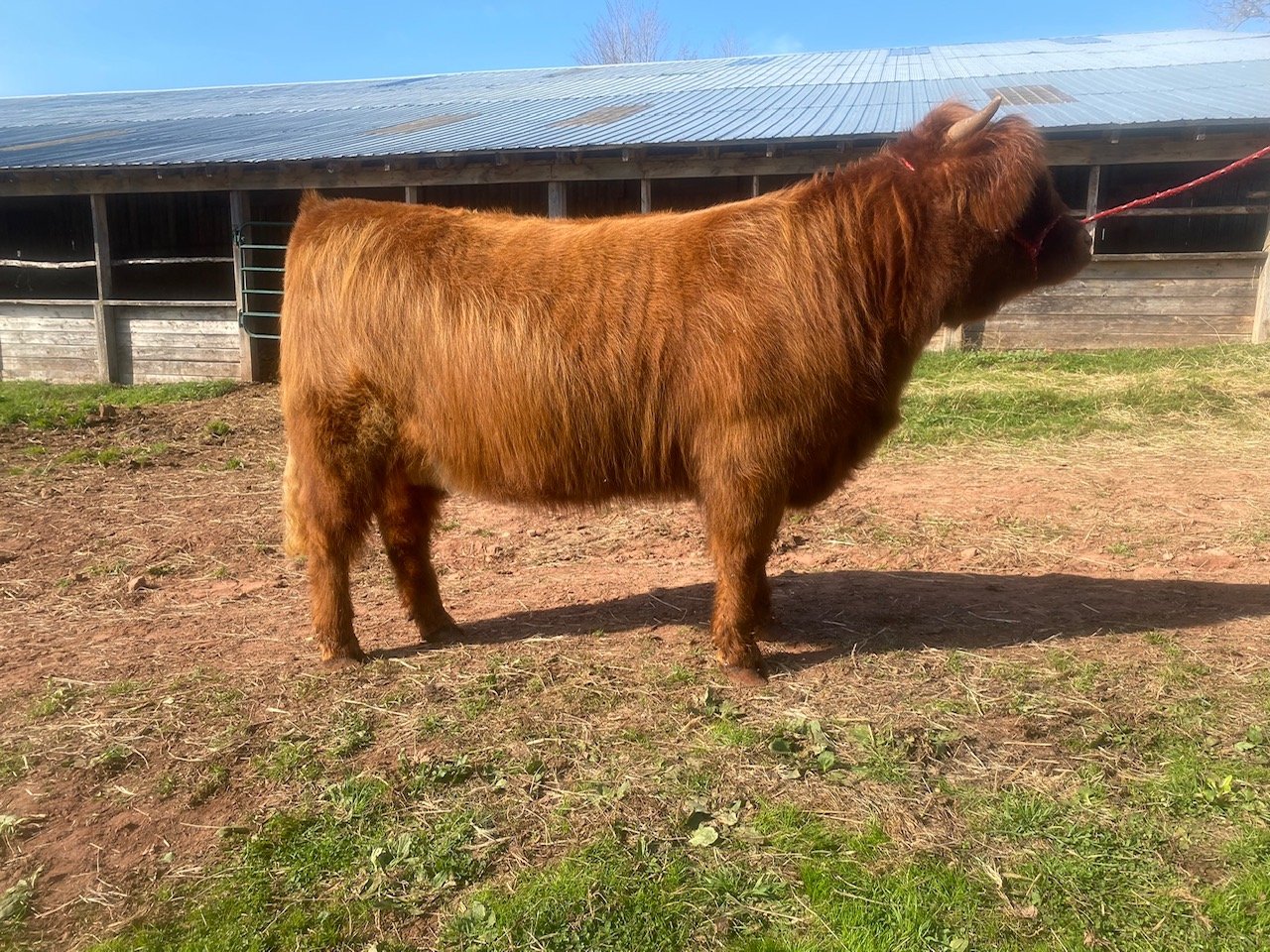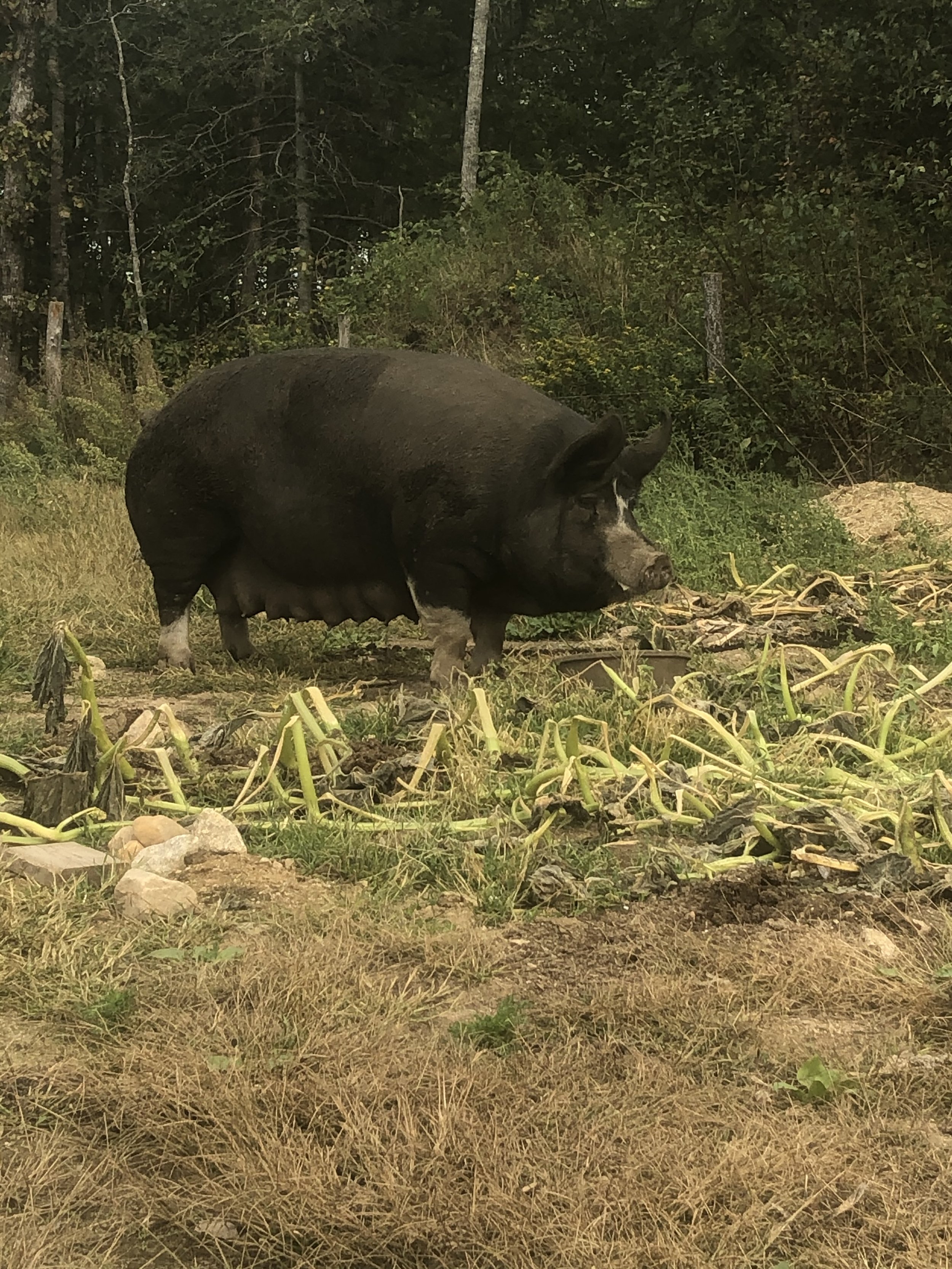
Conservation List
Gauging the pulse of heritage livestock
2024-2025 Conservation List
-

Symbol Meanings
Internationally Rare +
Canadian origin =
Increased risk from previous conservation list ^
Decreased risk from previous conservation list v
Categories are designated for the number of females (in brackets) registered in a given year.
-

Cattle
CRITICAL (1-25)
Kerry +
Lakenvelder +
White Park +
Lincoln Red ^
Red Devon
Lynch Lineback + =
South Devon
ENDANGERED (26-75)
White Galloway v
Milking Devon +
Red Poll
Hays Converter ^ =
Belted Galloway ^
British White
VULNERABLE (76-250)
Braunvieh
Milking Shorthorn
Canadienne + =
Dexter
Galloway
AT RISK (251-750)
Highland
Guernsey V
-

Donkey
CRITICAL (1-15)
Mammoth Jackstock
-

Equine
CRITICAL (1-15)
American Saddlebred +
Cleveland Bay +
Exmoor Pony +
Fell Pony +
Highland Pony +
Bashkir Curly (Curly) ^
Irish Draught +
Newfoundland Pony =+
Ojibwe =+
Shetland Pony
Shire +
Suffolk Horse +^
ENDANGERED (16-50)
Fjord
Hackney Horse and Pony +^
Welsh Cob and Pony + ^
VULNERABLE (51-150)
Canadian = +
Morgan Horse
AT RISK (151-500)
Clydesdale +
Percheron v
-

Goats
CRITICAL (1-35)
Oberhasli
Pygmy
San Clemente +
ENDANGERED (36-115)
Toggenburg
Lamancha
Angora v
AT RISK (351-1165)
Nubian
Alpine
Saanen v
-

Sheep
CRITICAL (1-30)
Jacob +
Navajo Churro +
Newfoundland + =
Scottish Blackface
Soay
Corriedale
Lincoln Longwool +
Rambouillet ^
Barbados Blackbelly +
ENDANGERED (31-100)l
Border Cheviot
Border Leicester +
Cotswold +
Dorset (Horned) + v
Oxford Down +
Romney
Shropshire
Southdown ^
VULNERABLE (101-300)
Hampshire ^
AT RISK (301-1165)
Canadian Arcott + =
North Country Cheviot v
-

Swine
CRITICAL (1-35)
Hampshire
Lacombe + =
Red Wattle +
Gloucester Old Spot +
Tamworth + ^
ENDANGERED (36-115)
Large Black +
AT RISK (351-1165)
Berkshire + v
-

Under Research
Under research is a designation specifically for those breeds which are on the point of being declared “extinct” in Canada and/or a new population of interest.
Dales Pony + (on watch for extinction, no new registrations for several generations)
Welsh Black (on watcn for extinction, no new registrations in several years)
Heritage Livestock Canada researches, updates and manages our list of breeds and species at risk.
To meet our breeds and see for yourself why supporting diversity in livestock is so important to our food security and biodiversity, choose a category below and start exploring the many faces of Canadian agriculture.
Conservation List Criteria
Canadian Heritage Breed is listed if:
A. The breed is Canadian in origin.
1. A breed is a true genetic breed if, when mated together, it reproduces the breed type.
2. The breed has existed continuously in Canada for 50 years.
or
3. The breed has been registered in Canada for at least six generations.
A generation is as follows: cattle 6 years, sheep 4 years, goats 5 years, horses 10 years, pigs 2 years, and poultry 1 year.
or
4. The parental breeds used to form this breed are no longer available.
B. Registration information
A breed is listed if there are:
1. Fewer than the following annual registrations of pure female stock: 750 cattle, 500 horses, 1165 swine, 1000 sheep, 1165 goats.
or
2. Four or fewer distinct male lines.
(A distinct male line is one that has no ancestors in common for the past four generations including great-grand-
parents.)
C. Other criteria
The following criteria help to establish the category for each breed or even to list a breed that does not otherwise qualify.
1. Registrations or populations have decreased significantly in Canada in the last 5 years.
2. The breed is listed by other rare breed organizations (i.e., it is internationally rare).
3. The breed currently exists in four or fewer significant breeding units that are more than 1000 kilometres apart in Canada.
4. The breed is not supported by an active breed association in Canada
*Photo of Clydesdale. Courtesy Fort Steele, BC